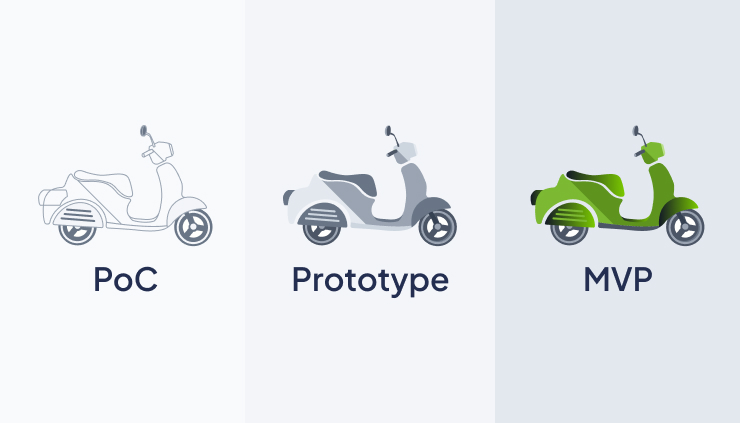Disaster Recovery Testing for SOC2
Disaster Recovery Testing, often referred to as DR testing, is a critical process in the field of IT and business continuity. It is designed to assess the effectiveness and reliability of an organization's disaster recovery plan by simulating various disaster scenarios and testing the recovery procedures. The primary objective is to ensure that critical systems and data can be restored and business operations can be resumed within an acceptable time frame after a disruptive event or disaster.
DR testing primarily aims to verify and validate the disaster recovery plan, procedures, and infrastructure. It seeks to identify any weaknesses, gaps, or potential risks in the recovery process and ensure that the organization can meet its Recovery Time Objective (RTO) and Recovery Point Objective (RPO) goals.
It is an essential aspect of IT project management and risk management, as it ensures that the project team is prepared to handle and recover from potential disruptions or failures.
Regular testing is essential to ensure the disaster recovery plan remains effective and to provide confidence that critical systems and data can be recovered during a disruption.
Recovery tests significantly showcase an organization's commitment to maintaining its services' security, availability, and processing integrity. By conducting regular recovery tests and having a robust disaster recovery plan, service organizations can strengthen their security posture, improve service availability, and demonstrate compliance with SOC 2 principles.
SOC 2 (Service Organization Control 2) certification is an auditing standard established by the American Institute of Certified Public Accountants (AICPA). It is designed to assess and report on the effectiveness of a service organization's internal controls related to security, availability, processing integrity, confidentiality, and privacy.
The SOC 2 certification focuses on service organizations that store customer data in the cloud or provide services that involve processing customer data. It is commonly used in the technology and cloud computing industries, where customers rely on service providers to handle sensitive data and ensure the security and privacy of their information.
Disaster Recovery Testing on Highload Software within SOC2 Certification – My Experience
I'd like to share my experience in participating in the SOC2 certification process for a high-load software, particularly in the area of conducting Disaster Recovery Testing.
This testing aims to identify deficiencies in our IT system's disaster recovery plan and address them before they impact our ability to restore operations.
The project undergoing SOC2 certification is a large Learning Management System (LMS) with 600,000 students and 40,000 teachers in the USA. As the person responsible for the project's infrastructure, it was a highly responsible and nerve-wracking experience for me.
Read also: Key Steps to Improve Cybersecurity in Healthcare
It's important to note that the product does not have a monolithic architecture; it consists of a Django core and ten asynchronous microservices that handle various tasks.
A month ago, our PM and I initiated the Disaster Recovery Testing, and here are the results.
Testing process:
- We set up a separate domain for the Disaster Recovery Plan (DRP) testing. The recovery was conducted using an Infrastructure as Code (IaC) approach with Terraform in another AWS region without relying on resources in the primary region.
- The initial configuration was performed using Ansible.
- The database was recovered from an encrypted dump using a Multi-region AWS key.
Results:
- The complete system recovery took 11 hours.
- 40% of the recovery time was spent waiting for AWS resources to be ready.
- Another 40% of the time was spent deploying the database dump.
This means that application functionality can be restored even if the primary AWS region is completely unavailable. We successfully recovered the system after simulating a full disaster situation. The immediate recovery tasks were completed in an acceptable time frame. However, we see potential to optimize AWS resource latency and database dump deployment. We plan to conduct additional testing iterations to improve the efficiency of the disaster recovery process.
Read also: Cloud Computing in Healthcare: Benefits, Use Cases and Challenges
This will help companies take the necessary actions to improve disaster recovery capabilities. This may include refining the recovery plan, addressing vulnerabilities, improving infrastructure resiliency, adjusting targets, and additional training for the recovery team. The goal is continuously improving and ensuring the organization is prepared to recover from disruptions and maintain business continuity.
Software Development Hub is open to discussing experiences and best practices related to SOC2 certification and disaster recovery testing.
Categories
Share
Need a project estimate?
Drop us a line, and we provide you with a qualified consultation.









